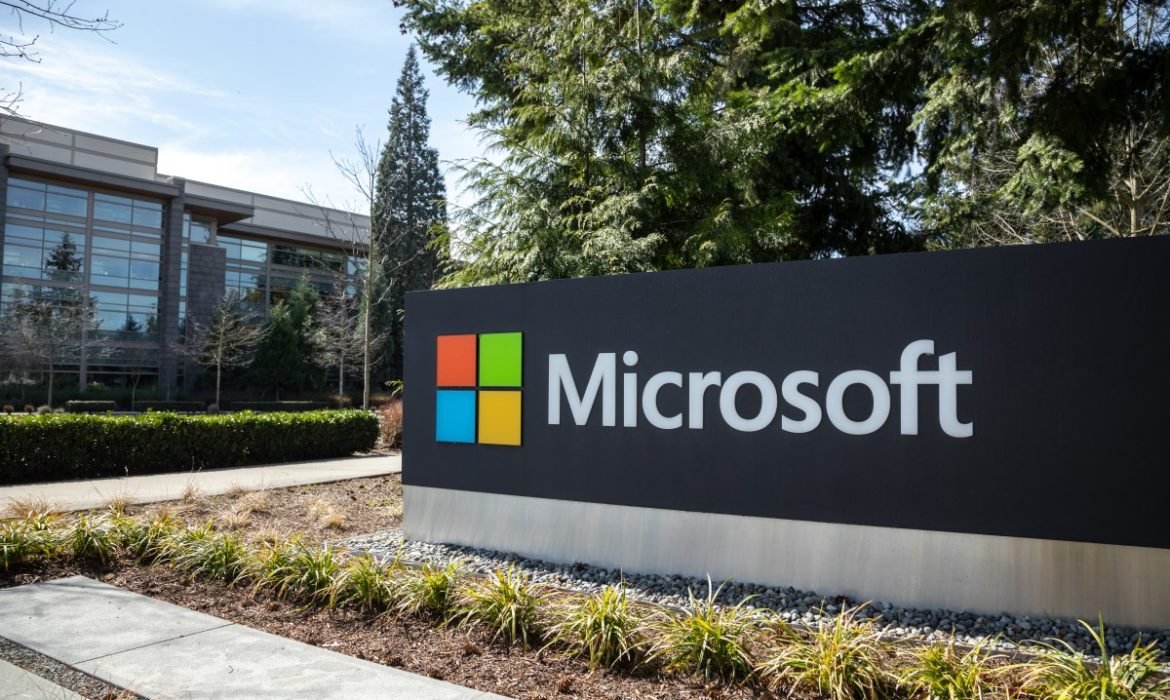Microsoft announced last month that Teams, its competitor to Slack, Google’s Hangouts Chat, and Facebook’s Workplace, had passed 44 million daily active users. Moreover, the milestone overshadowed its unveiling of a few new features coming later in the year. Most of the new features are very straightforward. It includes a feature to write responses even in case you have poor or no internet connection. There is also an option to pop chats out into a separate window.
Moreover, there is a hand-raising feature for indicating that you have something to say. It has offline and low-bandwidth support to read chat messages. One of the main features is real-time noise suppression. That feature stood out significantly. Microsoft demoed how artificial intelligence minimized distracting background noise during a call.
We have all had similar problems. Remember how many times you asked your friend to relocate from a noisy area or mute themselves. While in a meeting, Real-time noise suppression will filter out someone is typing on their keyboard, a vacuum cleaner running in the background, or the rustling of a bag of chips. Thus, artificial intelligence will remove the background noise in real-time so you can hear only the speech on the call. Robert Aichner is the Microsoft Teams group, program manager. He explains how it works.
The usage of video conferencing and collaboration tools has exploded as the coronavirus crisis forces millions to work and learn from home. Microsoft pushes Teams as the solution for consumers and businesses as part of its Microsoft 365 subscription suite.
Microsoft
The company leans on its machine learning expertise to ensure artificial intelligence features are one of its significant differentiators. Real-time background noise suppression will be a boon for households and businesses full of distracting noises when it finally arrives. Moreover, the feature of Microsoft is instructive to other companies tapping into machine learning.

Of course, for years, noise suppression has existed on Skype, Microsoft Teams, and Skype for Business apps. Other video conferencing and communication tools apps have some form of noise suppression as well. Nevertheless, that noise suppression covers predictable noises, such as an air conditioner or computer FAT running in the background. The traditional method of noise suppression is for estimating the baseline of sound, looking for speech pauses, if the continuous background noise doesn’t change over time, and then filtering it out.
Microsoft Teams will suppress noises of non-stationary like somebody shutting a door or dog barking going forward. Aichner explained that those noises are not stationary. You are not able to predict them in speech pauses. Machine learning is now allowing you to create this big trainer set, with a lot of representatives of noises.
We can say that earlier this year, Microsoft open-sourced its training set. It was on GitHub for advancing the community of research in that field. Microsoft actively works to extend the data sets, while the first version is publicly available. A company spokesperson confirmed that the real-time suppression feature also omits singing, laughter, and musical instrumentals.
Let’s see how successful innovation will be.
















